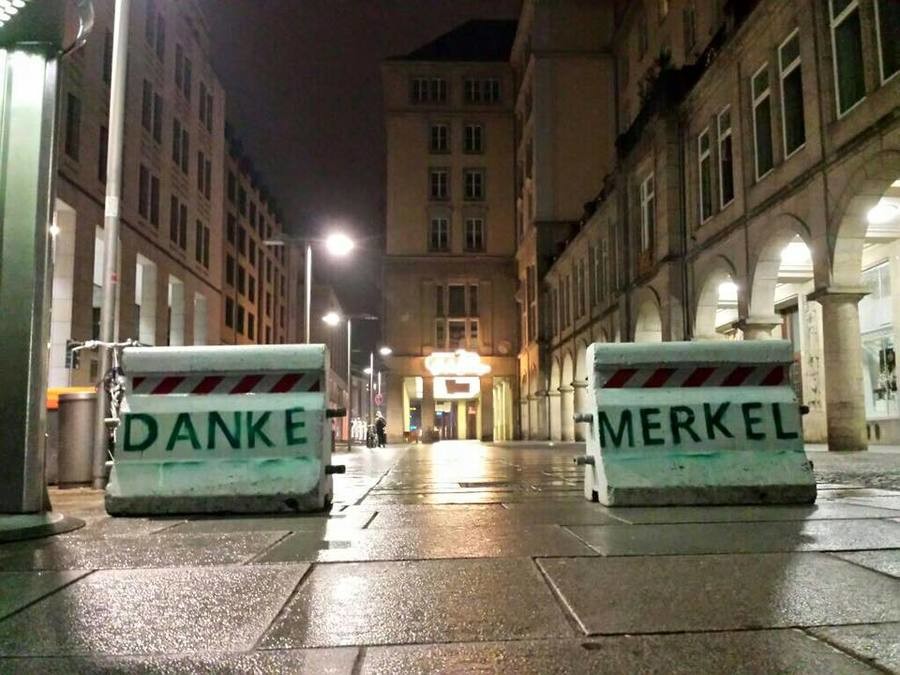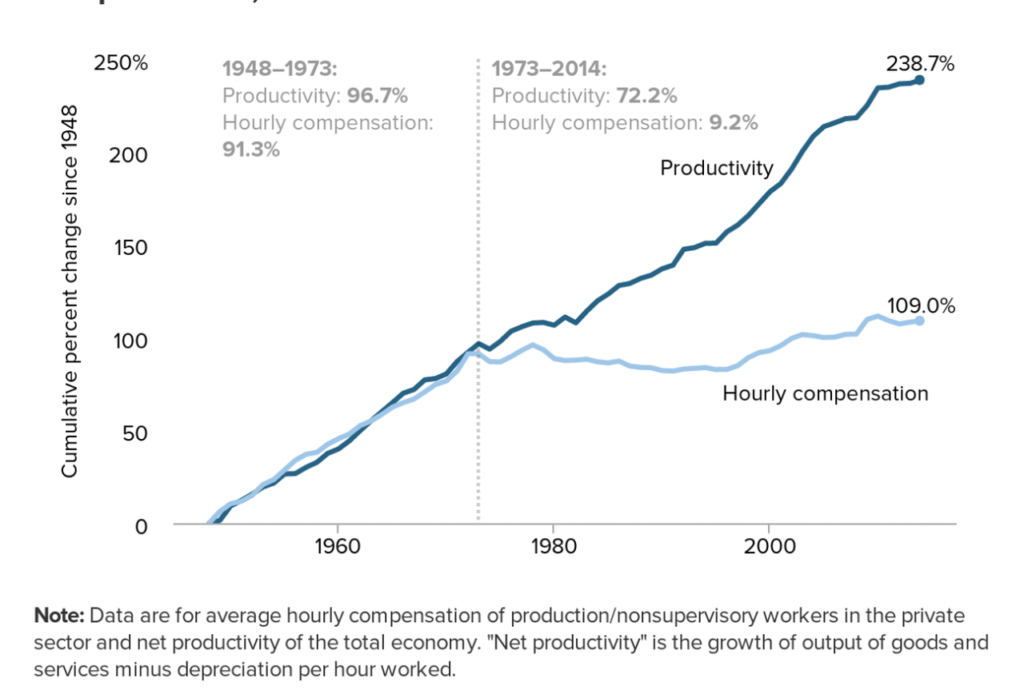
Residents of Western Europe have noticed a new phenomenon in recent years: the appearance of large, solid concrete blocks near major walkways and throughfares. Known as ‘diversity blocks’, these brutal grey cubes are very noticable in otherwise highly refined and meticulously sculpted urban landscapes. This essay explains.
In the first two decades of this century, Muslim terrorists killed several hundred people in Europe in dozens of incidents. Initially, the preferred mode of attack was to use bombs, whether dumb bombs or human suicide bombers. This was how the 2004 Madrid train attackers killed over 200 people, and it’s how the terrorists who blew up the London buses the next year operated.
After these incidents, local security services tightened the net around the networks that provided the chemicals and the knowledge necessary to build explosive devices. They also introduced measures such as the need to fill out a form declaring one’s intent in order to buy potential explosive precursors. This meant that it became much harder to organise a bomb attack.
For a while, knife and machete attacks (and even the occasional sword attack) filled the gap, but these left a frustratingly low number of victims. It was soon realised that a terrorist in control of a truck (or at least a van) could inflict a great number of casualties simply by running down a crowd of people – especially easy in Europe thanks to their tradition of pedestrian streets.
The first act of terror to make use of this new insight was the 2016 Nice truck attack, where Mohamed Lahouaiej-Bouhlel drove a cargo truck into a crowd of people celebrating Bastille Day, killing 86 and wounding over 400. This inspired the Berlin truck attack some months later, where another Muslim terrorist killed 12 people, and the 2017 Stockholm truck attack, where yet another Muslim terrorist killed five.
These attacks became so common that people started to refer to them as “truck of peace” attacks. At this point, even the sclerotic European authorities realised that they needed to do something about it.
The problem with truck attacks is that many major roads run right next to major pedestrian lanes. This is all but inevitable given the logistics of traffic planning. So all any prospective truck attacker needs to do is drive along in regular traffic, and then suddenly veer off into the pedestrians. With enough momentum it’s possible to kill dozens of infidels in this manner simply by running them down.
The solution was as crude and brutal as the truck attacks themselves: gigantic blocks of solid concrete placed between the pedestrian malls and the roads. The logic was that the truck would hit these blocks and lose all momentum before ploughing into anyone. These blocks were placed everywhere, but especially in front of pedestrian malls and open markets.
It wasn’t long before some European citizens started taking the piss. Inspired by the sentiment that German Chancellor Angela Merkel had unnecessarily endangered her nation by opening the borders to over a million “refugees” from Syria in 2015, some started calling them ‘Merkel blocks’. The name that stuck, though, was ‘diversity blocks’.

They are called ‘diversity blocks’ for two reasons.
The first is that they are only necessary because diversity exists. In the days before mass Muslim immigration, European citizens generally didn’t have to worry about terrorism. Although there was localised terrorism at certain times, like the IRA, the Baader-Meinhof Gang, and the Basque separatists in Spain, there was nothing close to the pervasive, continent-wide fear that exists now.
When “diversity” started to become popular as an end in itself, many different groups of people became invited into Europe. Some of these people had very different ideas about the value of life to the natives. Many among these newcomers were inspired by violent ideologies foreign to Europe. Thanks to the diversity that these people brought, Europeans now have to put massive concrete blocks everywhere to prevent being murdered.
The second is that the blocks are also evidence of diversity. They don’t have them in Eastern Europe, because they don’t have Islamic terrorism there. Neither do they have them in Japan or South Korea. Diversity blocks only exist where Islamic terrorism exists at a sufficient level, and Islamic terrorism only exists where Muslims are sufficiently numerous.
In Clown World, the fact that we have to put gigantic concrete blocks everywhere to prevent the newer members of our society from slaughtering us is not considered cause for alarm. The mainstream media plays down the significance of these blocks, suggesting that they’re only temporary measures while returning ISIS soldiers can be deradicalised. Most of us know that they’ll be there as long as Clown World is.
A sane society would get rid of the people opening the borders to these killers. In Clown World, we vote those people back into power. Diversity blocks, then, stand as totems to the decay of the West, as gravestones for the free and easy way of life that we once knew.
*
If you enjoyed reading this essay, you can get a compilation of the Best VJMP Essays and Articles of 2019 from Amazon for Kindle or Amazon for CreateSpace (for international readers), or TradeMe (for Kiwis). A compilation of the Best VJMP Essays and Articles of 2018 and the Best VJMP Essays and Articles of 2017 are also available.
*
If you would like to support our work in other ways, please consider subscribing to our SubscribeStar fund. Even better, buy any one of our books!



